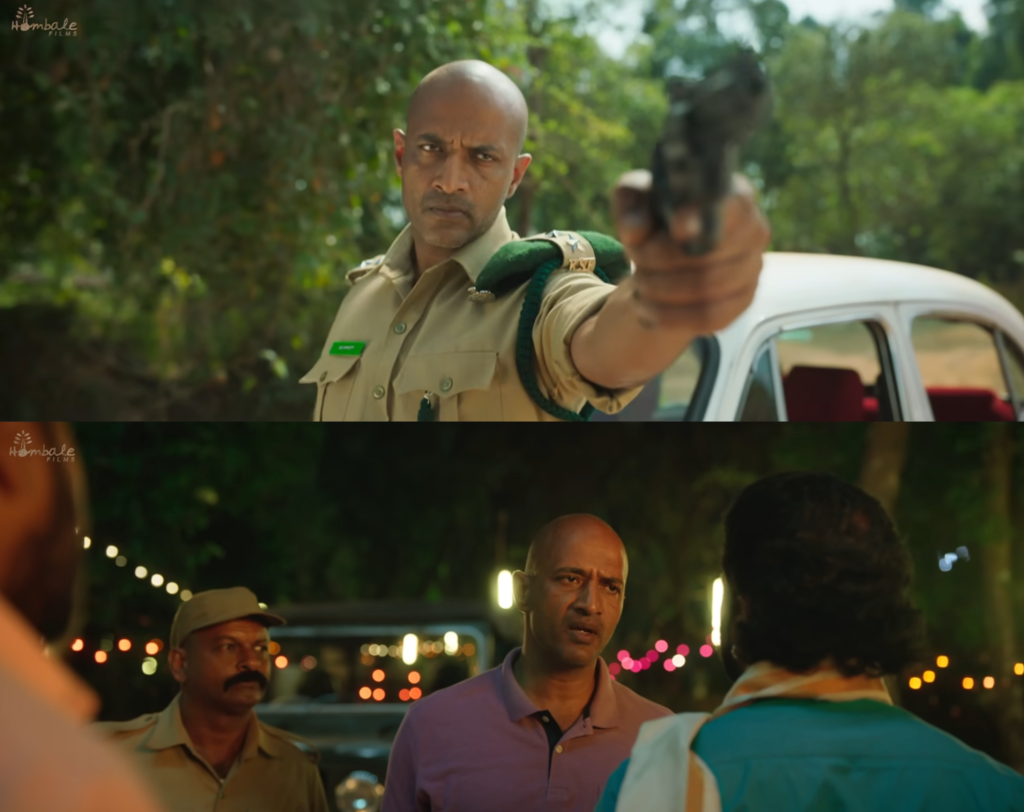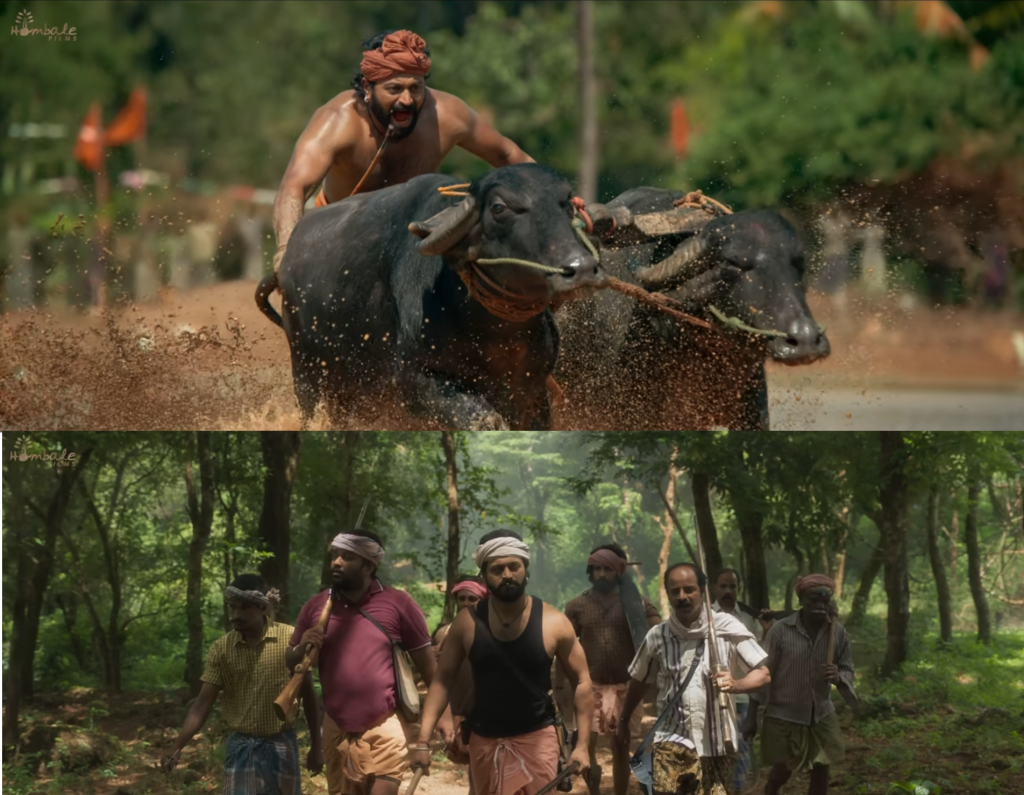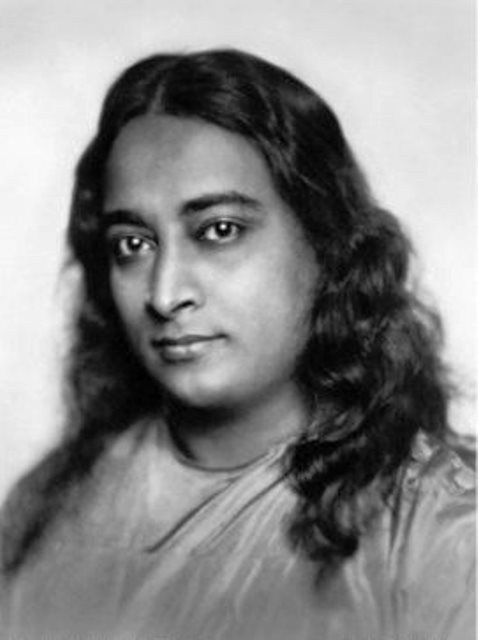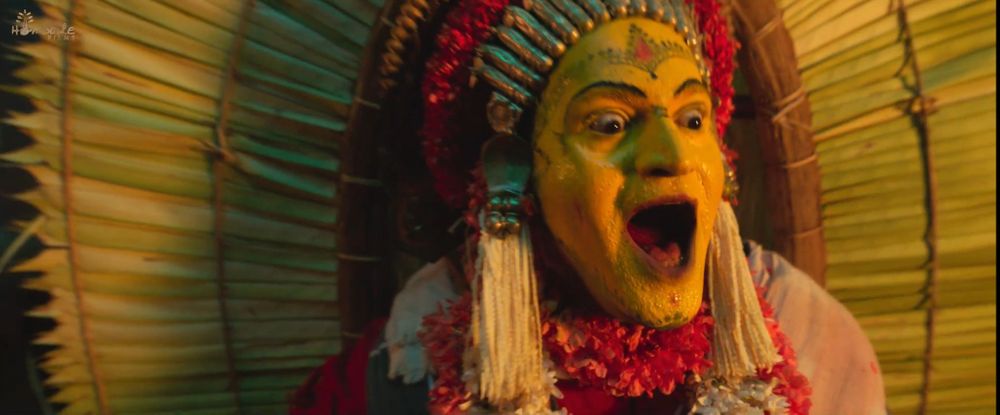Almost everyone is aware of the impact created by Rishabh Shetty’s blockbuster “Kantara”. The movie is an epitome of the huge power that cinema holds. Not only content/ story-line but the whole ensemble Kantara carries is a lifetime dream of every true movie maker. The movie stands out on cast, characters, cinematography, music, action, emotions, the balance between fact and fiction and what not. Not only as a great entertainer but also as a conveyor of the cultural heritage we Indians hold – Kantara shines out. The movie can truly become the flag bearer of both the Indian Movie Industry and the Indian heritage/ Indian culture. This will not be a movie review or the explanation of the story or the connections Kantara carries to the real life events or traditions. . We will try to find the hidden layer Kantara carries which is common in our very human nature.
The following content will be more relevant to those who have watched Kantara already and may be spoiling to those who haven’t.

Kantara- the mystical forest and the folklore
As the literal meaning goes, the story is created in the forest in order to carry the suspense and create a curiosity in the minds of the characters of the story and the audience. And this mystical nature of the forest is effectively used in Kantara to show what faith is actually made up of. Faith, I would say here is used to understand the limits of our own existence and respectful fear of the unknown. There is a moment when the faith of people is questioned through questioning the existence of Panjurli – The Demigod, which is answered through the sudden disappearance of the person/ performer who carries the demigod through him.
The thing about folklores is that they lose some obvious and vital details as they are passed from one generation onto the next generation. When repeated enough most of the details are lost but the core of the folklore remains the same. This loss of details and the loss of information in the story actually makes it a great folklore. This also creates the feeling of irrelevance with the current generations which leads to doubts of what could have actually happened.
Faith becomes the ultimate tool to convey the unknown nature of the unknown- the one which cannot be interpreted or understood with the current understandings we carry. Faith is responsible for the livelihood of the villagers in Kantara and the same faith (in a reverse and negative way) is also responsible for the sad endings in the family of the landlords.
The evolution of real story of the first meet of the King and the Panjurli to the folklore creates faith in villagers but at the same time creates arrogance in the generations of the landlords.
The revisions of the same story – History repeats itself
To understand the complete world of Kantara we need to have some pivot in the story. The four Panjurli – holy demigods are the best pivot to explain the transition of folklore through each generation. If the story of Kantara is understood through each generation of the persons carrying the holy presence of Panjurli, you will find that the story is actually repeating itself.

At first, the story is folklore hence one should accept that many details are lost in the handing over from generations. The idea folklore actually conveys is the urge of the king to spread his presence by claiming as large as possible part of land and have an authority over it. This pursuit is never ending as there is no end to greed of land which is the main reason for the insomnia the King suffers from. The pursuit of greed actually makes him to lose his peace of mind. The meet with the villagers and the Panjurli is the treaty of King with nature to settle down the turbulence in his mind. (Otherwise, which king would like to portray himself as the defeated one in his own folklore) The resistance for acquisition of villagers from the forest and the unrest due this resistance to the king are the real part which gets lost from the folklore during its evolution. The very first demigod of the story solves this problem and carries the symbol of the eternal promise between the protector and the consumers of the land.
The next demigod carrier is Shiva’s father where again due to the inherent nature of landlord’s son (who will be the next protector of the land) questions the treaty, the promise by questioning the presence of the demigod. The cycle of establishing explicit ownership is again repeated here, but ends in bad way. The King at first is smart and humble enough to accept his defeat against the very nature which created him but the modern son of landlord misses the point by taking the folklore literally. Hence, the reason Shiva’s father had to prove the presence of God in a mystical way. (If one thinks deeply enough and for those who still don’t want to accept the explanation of mystical disappearance there is one way to explain what could have actually happened. Shiva’s father sacrificed his life to the unknown and cruel animals of the forest in order to prove the presence of the unknown. The landlord’s son anyway could have died of natural death but the events of disappearance of Shiva’s father would never allow or put enough further to question the villager’s faith. Which also proves the point and does not create any contradiction.)
The next demigod carrier is Guruva where there is already one landlord called Devendra Suttooru. Devendra is also as smart as the ancestral King but is cunning enough to fool the innocent and forgiving holy demigod. In addition to this, the Forest officer Murali also thinks that he can establish control over the forest by using the government power. The beautiful thing to understand that the situation depicted this time is very complicated hence Shiva’s influence also adds indirect presence of the demigod in the story. Where the demigods share their characteristics in two different persons. Guruva officially represents the innocent and honest side of the demigod thereby resisting the authority of landlord Devendra in a soft manner and on the other hand Shiva already carries the honest, innocent but strong and dominating side of demigod Panjurli and sometimes like Guliga. (One must understand that Guliga only presents himself when the landlord’s intentions and acts become clear)
So, two cycles of the repeating story we are watching simultaneously in the movie in detail. Where in the end, people with the desire to control the nature either lose their lives or lose their intention of authority and develop the respect for the creator.
The point of highlighting the four repeating cycles in the Kantara is that even though each generation in every cycle has enough knowledge of what is right and wrong, even though they have knowledge of what has happened before, most of them try to challenge/ overthrow the past learnings in spite of knowing their consequences. I think, this is human nature. Even though we have done progress from the caves to the mars and solar system through hundred maybe thousands of the generations, some of the fundamental personal, societal problems are always repeating in every generation. Which is why such problems though are already solved remain unsolved for each generation.
History is never antiquated, because humanity is always fundamentally the same.
Walter Rauschenbusch
Illusion of authority, possession and ownership
All four cycles of repeating the histories confirm one consistent human trait that is the authority or ownership of something. At first, the king expects to own as many lands as possible thereby landing in misery. Then the modern son of landlord thinks that whatever land there is his own by ancestry and he should enjoy the perks of it. This also has a bad ending. The next generation one is more evolved and actually addresses two aspects of authority. One is the ownership of the possession of materialistic goods and the another one the possession of power to do anything and control everything.
You will see that the landlord Devendra Suttooru has greed for his “so called” ancestral land but is cunning enough to figure out different and unconventional ways to acquire it. But this ultimately ends in him exploiting the limits of the patience and innocent nature of the demigods. He fails to realize real power of the respect, authority, guardianship villagers thereby the demigods had granted him.
The interesting and mostly unnoticed one is the lust of Murali for the power of authority he would hold over the forest. You need to understand that Murali is Deputy Range Forest Officer. The main Range Forest Officer is not there to control the government matters. Now, Murali has full chance to use and implement his power and enjoy the perks of it. That is why he is seen beating the villagers who present him their hunt in order to project who has the real power here. The arrogance or strict nature he carries with his staff and villagers is not only because he is a top officer, it is also because he wants to present is power dominance. You will see that when Murali visits Devendra Suttooru, he keeps all the gifts offered and also establishes that he as a government representative will not shake hands with devendra. Murali objecting the traditions of the Bhoota Kola further highlights that the power of authority government has given him enables him to control everything according to his desires. The initial intentions of Murali and Devendra are nothing but the same- the intentions of authority and intentions of possession.

Rishab Shetty’s “Kantara” (2022)
The exploiters in each of the cycles – The King, The Modern landlord, Devendra Suttooru and Murali forgot that the things they are trying to claim actually don’t belong to them. These things don’t even belong to the villagers of the forest. They belong to the nature who is just allowing them to use them for their existence. The faith of the King and changes in Murali in the final stages makes us aware of breaking their illusion.
The King carried the lands and he was not at peace with himself, Murali even after having government authority faced death and hardships, modern landlord/ Devendra Suttooru having lordship and respect of the villagers faced bad consequences. They thought that the things which were handed to them as a duty belonged to them and exploited them for their own benefit which has no limits and exactly this degraded them. It is only with the villagers you will find that the use of minimal means and resources actually represents the respect for the one who offers everything. This is seen as a reality in their lifestyles and symbolically shown in the Bhoota Kola.
There is also one more interesting illusion of ownership which is Shiva’s ownership on himself.
Acceptance of the truth- the liberation
The ownership of Shiva is multifaceted and hence deserves special explanation. You have to understand that the nonchalant nature, the careless attitude of Shiva is not because of not having a father figure. Rather his mother is depicted more capable of filling that gap. The real reason of Shiva’s careless attitude is because of the life he will enjoy having. The sudden disappearance of his father into the mystical forest and not being able to find his body has deep impact on the initial character of Shiva. Shiva thinks that once he accepts himself as a demigod carrier for Bhoota Kola, there are huge chances of him losing himself from the body thereby distancing from the pleasures of living a life. Shiva fears that just like his father he will disappear into nothing without enjoying the life to wildly extents. Shiva completely wants to own his body, his life and hence also exploits this ownership. That is the exact reason you will find Shiva doing unholy activities like forbidden boar hunting, trees cutting. Shiva thinks that he will easily run away from the holy responsibility by doing such activities.

Rishab Shetty’s “Kantara” (2022)
If you observe the character of our protagonist Shiva carefully, you will realize that even before accepting himself as a carrier of Panjurli and Guliga, he demonstrates all of their characteristics. He is the only person whom villagers will approach when they are questioned about their existence in the forest and the use of the resources available in it. You must understand that his cousin Guruva (who is the carrier of the holy demigods by then) should be the one whom villagers should actually approach but that is not happening in the story. Someone would say that Shiva carries the blood of his father who was the previous Panjurli and hence people believe in him but that is not the case. People already believe in Shiva because he is the only one who has demonstrated all the characteristics of the protector and has the guts to confront the unknown amongst all in the village.
If you remove the Shiva from the initial parts of the Kantara, you will realize that it was very easy for the landlord to fool the villagers to acquire the forest lands, it was really easy for forest officer Murali to use the power of government to bring forest under his control in his absence. Only the presence of Shiva makes the intentions of landlord and the forest officer to last longer in the test of time. Shiva was already the Holy Panjurli for his generation even though Guruva was carrying the godly presence and even before people and he himself realized this.

Rishab Shetty’s “Kantara” (2022)
It is at the end of the story Shiva has to accept the possession (rather directly gets possessed) of Guliga thereby understanding the ultimate fact that not even his body is owned by him. His body belongs to nature, the unknown and the greatest one who remains at the end of every cycle, at the end of everything. Shiva as a Panjurli at the end of the story is not because last Panjurli – his cousin Guruva is dead; no one is there to carry the tradition further. It is only because Shiva accepts the truth that the body in which he exists is owned by nature and not him.
The true value of a human being can be found in the degree to which he has attained liberation from the self.
Albert Einstein
That is why you will find Shiva uniting with his father in the final pursuit of real freedom – liberation at the end of the story. The real freedom for Shiva becomes renouncing his body, his materialistic way of existing. This is the real takeaway of the story. Every main character in Kantara is behind owning things whereas the reality is that nothing belongs to anyone. They are just allowed by nature to use the things and the authority for their own existence. Renouncing the illusion of owning everything, renouncing the feeling of being entitled for everything and accepting the nature of reality thereby existing humbly, sustainably, harmoniously with and within it is the real liberation. This is what Kantara represents- the humbling nature of reality, the nature and the extents of what we can know- what we can never know.

“Possession of material riches, without inner peace, is like dying of thirst while bathing in a lake. If material poverty is to be avoided, spiritual poverty is to be abhorred! It is spiritual poverty, not material lack, that lies at the core of all human suffering.”
– Paramahansa Yogananda

